The Kiboko City Classic 18L+ from Gura Gear takes the rugged, high-end materials and photographer-first design ethos popularized by the brand’s nature photography-focused Kiboko V2.0 backpacks and puts them into a backpack designed to conquer a photographer’s everyday world, from the city to the trails or the airport.
On this page, we will take a close look at the features that make this pack so unique, as well as compare it to its close sibling, the Kiboko City Commuter 18L+, and the standard, more nature photography-focussed Kiboko V2 backpacks to ensure you make the right purchasing decision.

Disclaimer: Gura Gear supplied me with this backpack for review, but they were not allowed to see it before it was published, and no money changed hands.
Table of Contents
Kiboko City Classic Specifications


- Weight: 3 lbs, 11 oz / 1.7 kg
- External Dimensions: 19” x 12”x 8”
- Main Compartment: 11” x 11” x 4”
- Top Comartment: 11” x 5 x 6”
- Laptop: Up to 16″
- Tablet: Up to 12.9″ iPad Pro
- Fidlock® magnetic fastener on sternum strap
- X-Pac® VX21 fabric by Dimension Polyant
- YKK Zippers
- Apple AirTag pocket
- RFID-blocking passport pocket
- 2x bottle pockets with magnetic closure
- Holds 2-3 cameras with mounted lenses, additional lenses, and camera accessories.
Kiboko City Classic Design and Features
Materials and Hardware
Like the original Kiboko backpacks and the Gura Gear Chobe shoulder bag, the Kiboko City Classic takes a no-expense-spared approach to hardware and material choice, creating a premium look and feel camera bag. The main body of the bag is made from ultra-durable X-Pac VX21, a sailcloth-inspired laminated rip-stop nylon. X-Pac is tear-resistant, water-resistant, and abrasion-resistant. At the same time, zippers are provided by YKK and magnetic buckles are provided by Fidlock.
Top Compartment




Large, glove-friendly zipper pulls give you access to the bag’s top compartment. The compartment lid features another zippered pocket and a small internal divider. Elasticated pockets surround this large top compartment’s central section, giving you many options for securing small accessories, cables, and other EDC tech items.
Another option is to use the top compartment to store a camera with a lens attached. My example in the photo is a Sony camera with a 20-70mm f/4 lens, but you can also fit a 24-70mm f/2.8 or a 24-120mm f/4 lens. This setup can be useful for storing an oft-used walk-around lens + camera combination. When placed on the ground, the Kiboko City Classic stands nicely upright, allowing easy, fast access to this camera without laying the whole thing on the ground.
Optional Kiboko City Insert




Larger lenses like a 70-200mm f/2.8 or a 100-400mm zoom will fit in the bag’s top section, as will a mirrorless body with a small/medium prime or zoom. Anyone wanting to compartmentalize this bag section further can add the Kiboko City Insert to create up to four discreet, padded slots for cameras or small lenses.
While I find this an excellent way to pack the back from day to day, when traveling, the top compartment is better suited to all those airport necessities such as a passport wallet, noise-canceling headphones, a tech/charging kit, and snacks. I keep my camera batteries and memory card wallet in the zippered lid pocket.
Main Camera Compartment
The Kiboko City Classic is designed for non-gripped mirrorless camera bodies. While you might be able to squeeze the bag’s zipper closed while storing a pro-sized body like a Nikon Z9 or Canon R3, you’ll be left with a noticeable bump in the back of the bag, preventing comfortable use. With a couple of mirrorless cameras in the bag, you’ll still have room for an f/2.8 trifecta, and there’s plenty of room to keep two of them mounted to cameras at all times.
In the photo above, you’ll see the Nikon 600mm f/6.3 VR S PF lens alongside a Nikon Z 24-120mm f/4 mounted to a Nikon Z8, with a couple of teleconverters. The Nikon Z 600mm PF lens is 10.9″ long (278mm) – pulled from our comprehensive list of Nikon Z lens specifications. This should give you an idea of which other lenses might fit in its place. For example, any 70-200mm f/2.8, all 100-40mm lenses, the Canon 100-500mm L IS, the Sigma 60-600mm, the Tamron 150-500mm, and the Nikon Z 400mm f/4.5.
What about 200-600mm-type lenses? The Sony 200-600mm, Nikon Z 180-600mm, and Canon 200-800mm lenses are roughly the same length – 12.4″ to 12.5″. The OM System Zuiko 150-400mm lens is also 12.4″ long. These lenses have become incredibly popular in recent years. They are an excellent choice for travel photographers wanting to cover a wide range of focal lengths in a small number of lenses.
As you see from the photo above, a lens of this length does fit in the Kiboko City Classic if you rest the lens mount on the padding from the bag’s top compartment. The padding is soft and deformable, and while this packing method will slightly decrease available space in that top section, many will find it a worthwhile tradeoff. There is still plenty of room in the top section for another 70-200mm f/2.8-sized lens or a second camera body with a wide-angle lens. In other words, you can get a surprisingly large amount of gear in this 18L bag!


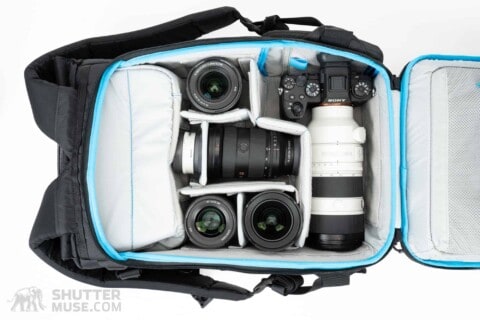


Laptop and Tablet Carry



Inside the back panel is the tech storage section of the bag. The laptop sleeve will hold up to a 16″ laptop, and the tablet sleeve will simultaneously hold up to a 12.9″ iPad Pro. Both sleeves are secured with another magnetic Fidlock latch to prevent disastrous tech spillage when the back panel is opened at an angle past 90 degrees.
The latch is attached to the bag with ultra-durable Hypalon, and a padded tab prevents it from contacting the laptop, showing once again that zero expense has been spared in creating this bag. The dedicated tablet sleeve is lined with the softest material I have ever seen in a bag’s tech pocket.

Internal Organization
Two large zippered mesh pockets are on the back panel’s inside. If you’re carrying a laptop and tablet, this is a great place to store the power adapter and cable, skinny SSDs for your photo backups, and a memory card reader.
Front Organization Pockets
Located on the front of the bag are two large organizer pockets. Each has two zippered mesh pockets inside the flap for smaller items such as camera batteries. I like to use one for charged and one for depleted batteries. Pen pockets and sleeves for travel documents or notebooks can also be found on the right-hand side, with one pocket designed for your passport and featuring RFID-blocking materials.

In another stroke of clever design and photographer-centric thoughtfulness, the right-hand pocket has a key clip and a lanyard for attaching your memory card holder. Many camera bags have a key clip, but I have never before seen one that acknowledges photographers might need to secure their keys and their card holder and do so slightly differently. The card holder lanyard has a nice length to it.
The large front zippers give easy access to these organizational features, but the whole section also acts as a pocket in and of itself. The space in either side pocket can be used to store a lightweight jacket or rain pants for hiking. Alternatively, there is plenty of room to keep photography accessories such as filter cases or travel necessities like headphones, paperback books or travel guides. I find these pockets quite deceptive at first glance. They will hold a lot more than you think they will.
Water Bottle Carry


The Kiboko City Classic features side pockets on each side of the bag. When not used, the pockets collapse into the bag and are held shut with strong magnets. The side pockets are large enough to hold skinny-style steel water bottles, such as those from Yeti or Klean Kanteen. They are not large enough to hold a typical 1L plastic Nalgene bottle.
Tripod Carry

The Kiboko City Classic can comfortably carry small to medium-sized tripods in the expandable magnetic side pockets. A fixed but adjustable side strap secures the tripod, and the pockets are large enough to hold all three legs and feet of many common, compact travel tripods. A larger “tall” 2-series or 3-series tripod carried on the side will stick up well beyond the top of the bag and probably bash you on the head more often than you’d like. If you must carry a larger tripod, optional tripod strap attachment points can be found on the front of the bag, allowing you to hang the added length of a tall tripod below the bag.

Harness


The most noticeable thing about the Kiboko City Classic’s harness system is the thickness of the padding. The shoulder straps and back panel are far more heavily padded than other camera backpacks in the EDC/Urban/Travel genre. This level of padding is overkill for your trip to the local coffee shop with one camera on board. But it does extend the bag’s possible uses and makes for a comfortable carry with a full-loaded pack on day hikes or long travel days.
The sternum strap uses a magnetic Fidlock buckle and snaps itself together once the two halves reach the right vicinity. Bag nerds will know that these buckles are about as cool (and expensive) as you can find on any bag. The sternum strap is removable, and an optional padded waist belt is available and discussed later under the Optional Accessories sub-heading.
While I always like to have a sternum strap on my backpack, in most instances, I can do without a waist belt on a bag of this size, designed for this purpose. While commuting or traveling, they dangle around and get in the way.
Apple AirTag Pocket
The Kiboko City Classic has a hidden pocket to hold an Apple AirTag. I’m a huge fan of these tiny tracking devices and have written about how photographers can use AirTags to keep track of their gear. Gura Gear has included a well-hidden storage spot inside the rain cover pocket, making it much less likely that any would-be thieves will discover its existence.
Roller Bag Attachment
The size of the Kiboko City Classic makes it an excellent candidate for your second carry-on item while traveling with a larger roller. If you don’t overpack the bag’s front pockets, it should slide under the seat in front of you, as required by most airlines that allow a second “personal item” alongside a primary piece of carry-on.
To ease the air travel experience, the City Commuter features a roller handle attachment strap in the center of the back panel. Its orientation and positioning mean the backpack stands vertically on top of your roller, giving you easy access to the contents of the zippered top compartment and positioning the front organization pockets and RFID-blocking passport pocket correctly for transiting terminals.
Kiboko City Classic vs Kiboko City Commuter
The Kiboko City Classic was launched around a year after the Kiboko City Commuter. As the comparative photos demonstrate, these bags are very similar. Still, a few key differences may sway your purchasing decision one way or the other. As you’ll see, some of the differences are improvements, while others are merely differences that may make one more suitable for your purpose.
The most obvious difference between the Kiboko City Commuter and the Kiboko City Classic is the access to the bag’s top compartment. The City Commuter uses a roll-top design secured with two magnetic buckles, while the City Classic features a zippered lid. Within that zippered lid is a zippered mesh pocket not found on the City Commuter.
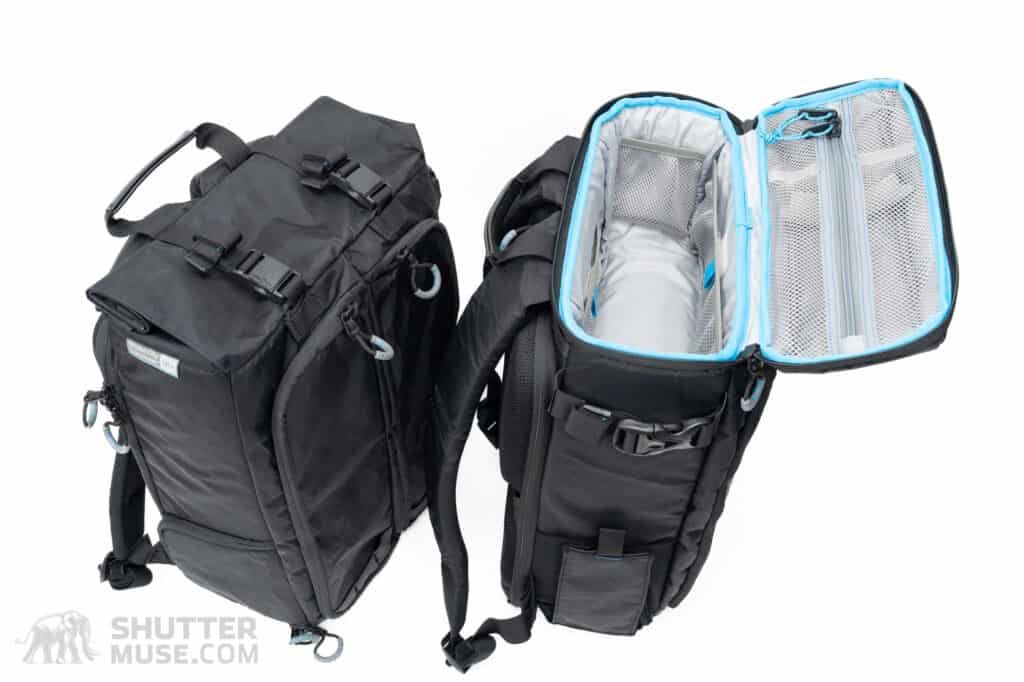
In terms of overall storage capacity, I found both bags nearly identical. The City Commuter’s roll-top easily expands to match the City Classic’s zippered top pocket volume. In use, it is faster to unzip the top of the City Classic than to undo the buckles of the City Commuter. Thus, accessing gear stored at the top of the City Classic is slightly faster.
That’s a mark in favor of the newer City Classic model. Still, I can quickly counter that with a pro in the Commuter’s column: While the overall volume of both bags is just about the same, the roll-top of the City Commuter better suits larger soft items such as rain jackets or insulated layers, which the roll-top’s straps can compress.
Ultimately, it’s hard to say that one access method is better overall. I think I’d prefer the roll-top if I were often hiking with the bag while carrying additional layers, and I’d prefer the Kiboko City Classic’s zipper and added pocket if I were using the top of the bag to store quick-access EDC items or tech while traveling, or if I were using the top compartment to store a camera.
The second significant difference between these two bags can be found on the side. The City Commuter features a side hatch that can be used to quickly access a camera and lens without taking the bag entirely off your shoulders. This is useful in a busy urban area where you may not want to put your bag down on the dirty or wet ground or amid a bustling crowd.
The Kiboko City Classic doesn’t have a side hatch. Instead, it has a second expandable side pocket for a tripod or water bottle. This is useful if you want to carry a tripod on one side of the bag and a bottle on the other. You can also accomplish much of what the City Commuter’s side hatch delivers by putting your camera in the top zippered compartment of the City Classic. I had no issues getting a camera from that compartment without placing the bag on the ground.
The third significant difference between these two bags is the zippered hatch in the newer City Classic that gives you access to the contents of the bag’s top compartment. This is useful if you want to store photography accessories, such as filters, in the bag’s top section and still want them to be easily accessible while accessing your cameras and lenses. The City Commuter does not have this feature. The previous two items were just differences, with pros and cons for each design. In this case, adding this zipper is a clear improvement with no con I can think of.

The final difference between the City Commuter and the Kiboko City Classic is the ability to remove the sternum strap on the City Classic. While both bags use the same magnetic FidLock buckle on the nylon sternum strap, the hardware on the ends of the strap is different. Again, I think this difference falls firmly into the “improvement” category, as this new design has no discernible downsides.

These four differences separate the City Commuter and the Kiboko City Classic. While I mark two of them as improvements over the original City Commuter, both of those improvements fall firmly in the nice-to-have camp, not the necessities. Ultimately, you should choose whether you will use the side hatch or the roll-top on the Commuter model. Or would you prefer an extra side pocket and slightly faster access to the bag’s top section in the Kiboko City Classic?
I prefer the new Kiboko City Classic, as I have never been a fan of side access hatches on camera bags anyway. Side access is only helpful if you are constantly using the same lens. You’ll need to remove the bag and open the rear hatch when you want to switch lenses. For me, the additional side pocket gained on the City Classic is more useful, and I like the slightly improved access speed to gear at the top of the bag.
A note on the size of these two bags
Some initial messaging from Gura Gear suggested the new Kiboko City Classic had more storage space than the City Commuter. This isn’t true. Both bags have 18L capacities, and as you can see quite clearly from the side-by-side photos, they are almost identical, save the difference between the roll-top design and the zippered compartment.
In seeking clarification, Gura Gear told me they meant to underline that packing the camera compartment in the City Classic is more efficient than packing the compartment on the City Commuter to use the side hatch. They said that positioning a camera in the camera compartment so that it can be extracted from the side hatch forces less efficient use of that protective space. Thus, the City Classic can be packed more efficiently as it doesn’t have a side hatch.
Of course, this logic assumes everyone using the City Commuter is utilizing the side hatch, which I know not to be true since I have used the bag for a year and never once packed it to use the hatch. So, here’s what you need to know: You can carry precisely the same volume of stuff in the Kiboko City Commuter and Kiboko City Classic, and the camera compartments on the two bags are identical. That’s it. That’s all you need to know about size when comparing these two bags.
Kiboko V2 vs Kiboko City Classic
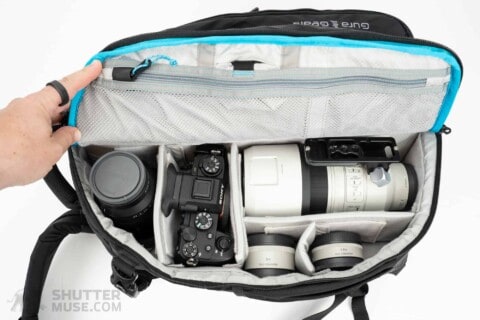
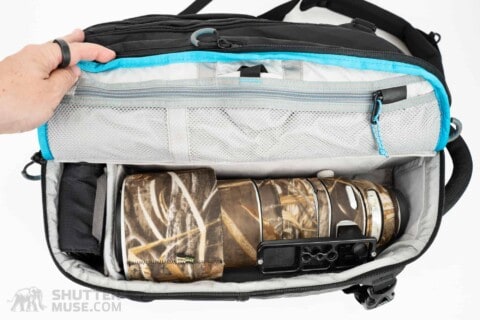




Gura Gear’s best-known backpack is the Kiboko V2.0, available in 16L, 22L and 30L sizes. The bag’s unique butterfly design makes it an exceptional tool for wildlife photographers carrying super-telephoto lenses. Still, the smallest 16L size has also found favor among photographers who need a small, relatively low-profile bag for travel photography. These photographers might be contemplating choosing between the similarly sized Kiboko V2.0 16L+ and the Kiboko City Classic 18L+, so I’m including a comparative table to help with this decision.
If you would like more discussion on this topic, please refer to this section of my earlier review of the Kiboko City Commuter, where I go into more detail about the maximum camera and lens sizes that fit into both bags.
Kiboko 16L vs Kiboko City Classic 18L Specifications
| Specification | Kiboko 16L+ | Kiboko City Commuter 18L+ | Kiboko City Classic 18L+ |
|---|---|---|---|
| Weight | 3 lb / 1.36 kg | 3 lbs, 11 oz / 1.7 kg | 3 lbs, 11 oz / 1.7 kg |
| Exterior Dimensions | 12.6 x 16.54 x 5.91″ | 12” x 18.5” x 8” | 12″ x 19”x 8” |
| Laptop Carry | Up to a 14″ | Up to a 16″ | Up to a 16″ |
| Tablet Sleeve | No | Up to iPad Pro 12.9″ | Up to iPad Pro 12.9″ |
| Side Camera Access | No | Yes | No |
| Back Panel Access | No | Yes | Yes |
| Butterfly Opening Access | Yes | No | No |
| Roller Bag Attachment | No | Yes | Yes |
| Waist Belt | No | Optional ($35) | Optional ($35) |
| Tripod Carry | Side | Front or Side | Front or Side |
| Rain Cover | Included | Optional ($29) | Optional ($29) |
| Carries Pro-Sized Body? | Yes*1 | No | No |
| Regular Price Price | $299 | $299 | $299 |
Optional Kiboko City Classic Accessories
The Kiboko City Classic is a well-feature bag off the shelf, but Gura Gear does offer a few optional extras for those looking to extend the bag’s usage.
Kiboko City Classic Waist Strap
The Kiboko City Commuter has no waist strap, but an optional one is available for just under $35. The strap is made from the same VX21 material as the bag and backed by the same aerated mesh found on the bag’s back panel. As the photos demonstrate, you should not expect the same padding thickness on the waist belt as on the back panel. Instead, the waist belt is supple and comfortable but relatively thin. Still, it can ease some of the pack’s weight onto your hips if you carry the bag fully laden for several hours. It also adds stability to the bag when moving over uneven terrain.
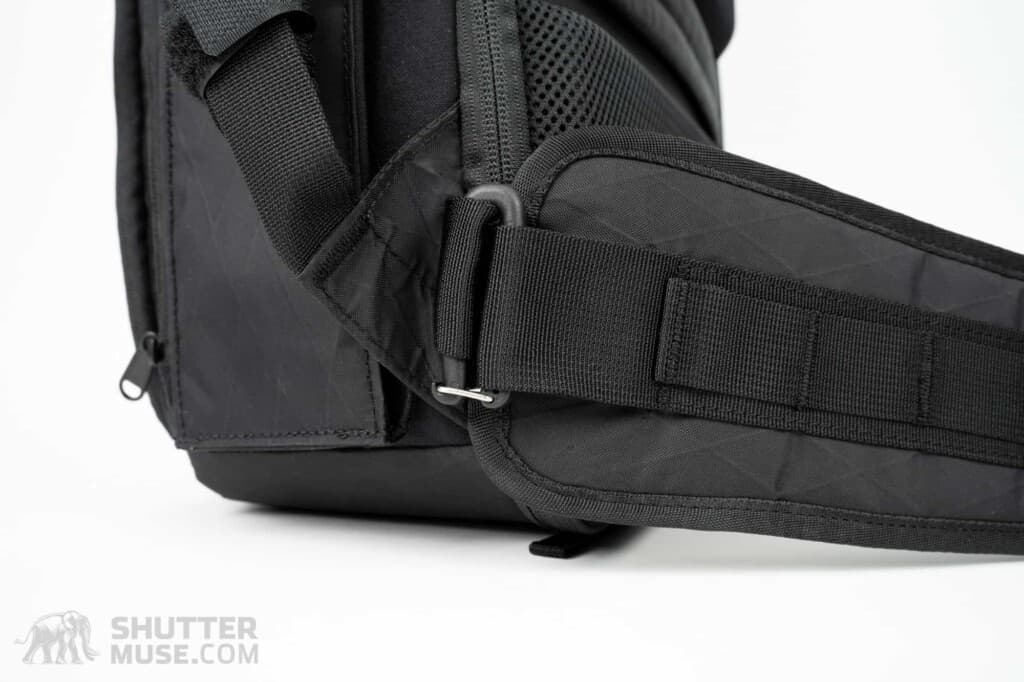
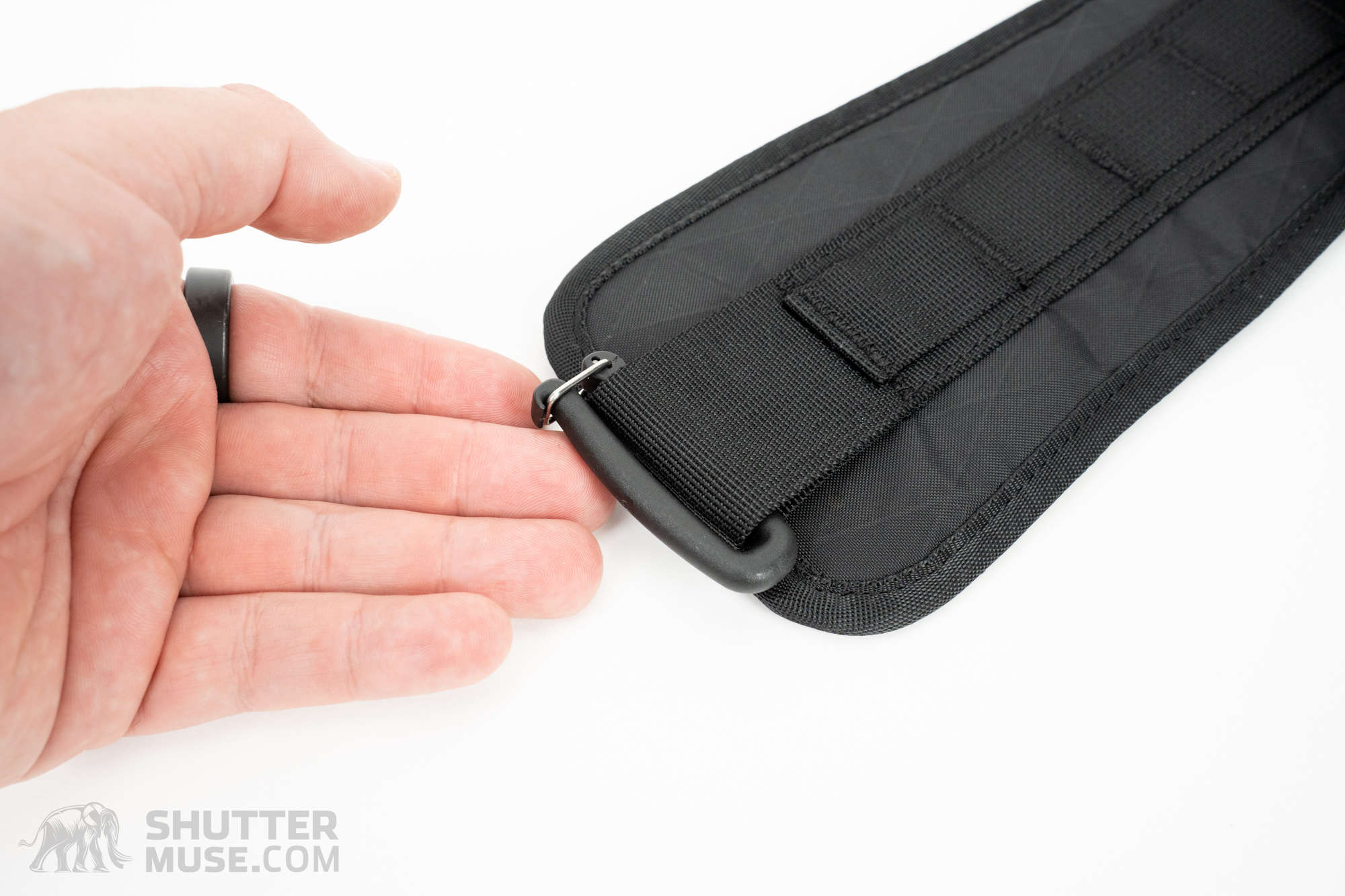
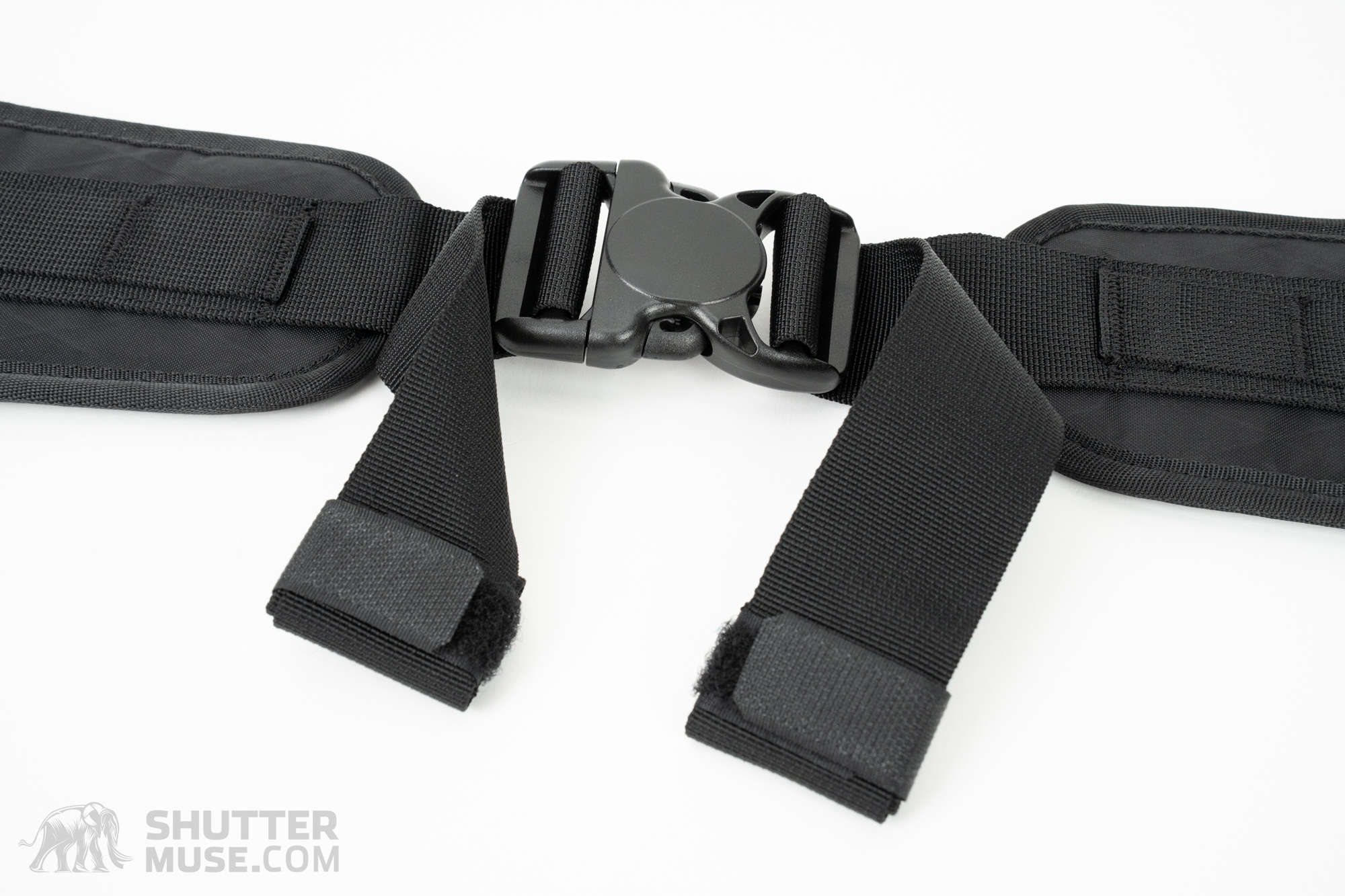
If you only intend to use the bag in an urban environment where journeys are shorter and will likely be often removed from your back, there is little point in buying the optional waist strap. Suppose you are heading out for the occasional multi-hour hike with the pack. In that case, the waist strap will be a welcome addition and gives you some added daisy-chain attachment points, which can be used with carabiners to store quick-access items such as gloves or a GPS device.
While I generally like to buy a bag with all its accessories included, I concede that the Kiboko City Classic’s crossover nature makes an optional waist strap a wise choice. Likely, most of the bag’s target audience will not need the waist strap. Still, many Gura Gear fans love the outdoors—introduced to the brand through the original Kiboko backpack, which is incredibly popular in the nature and wildlife photography community. Those customers will appreciate the option to add a waist strap as needed, and the price seems reasonable for the quality of the materials that have been used.
Kiboko City Classic Tripod Straps
We have already discussed the different ways to carry a tripod on the Kiboko City Classic and the various merits of each method. I won’t repeat myself. The decision to buy the nearly $35 tripod accessory straps will, for most people, come down to the size of the tripod they want to carry. Users of small travel tripods like the Peak Design Travel tripod, RRS Ascend, RRS TFC-14, or the Gitzo Traveller series should be fine using the bag’s built-in side strap. The optional tripod straps are strongly recommended for anyone looking to carry something larger (2-series or 3-series tripods) while hiking for their landscape and travel shots.
Kiboko City Classic Rain Cover
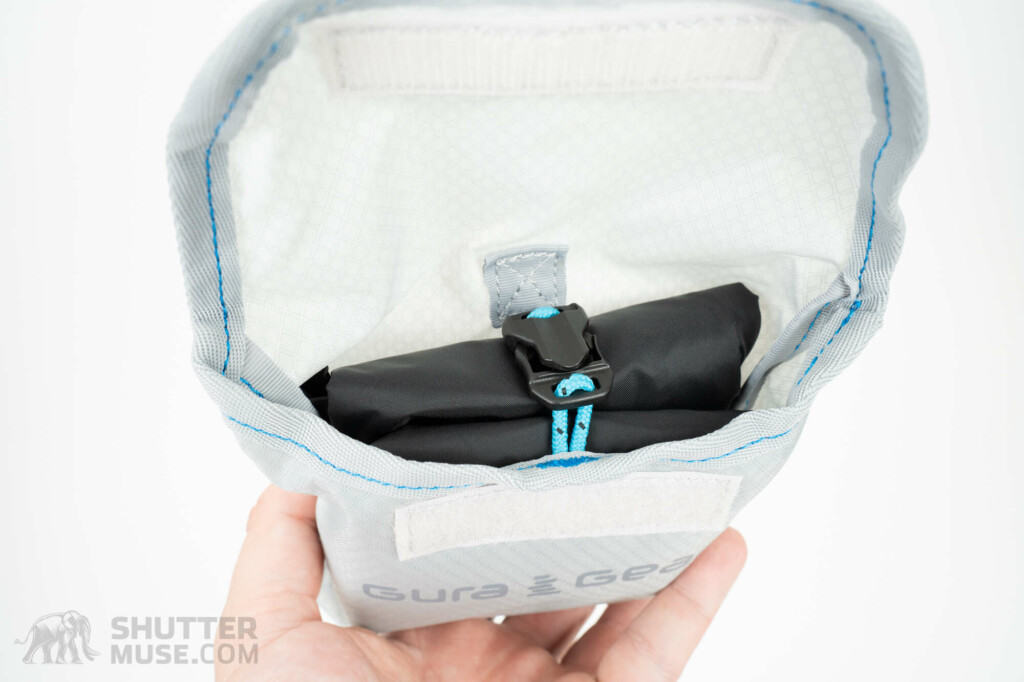
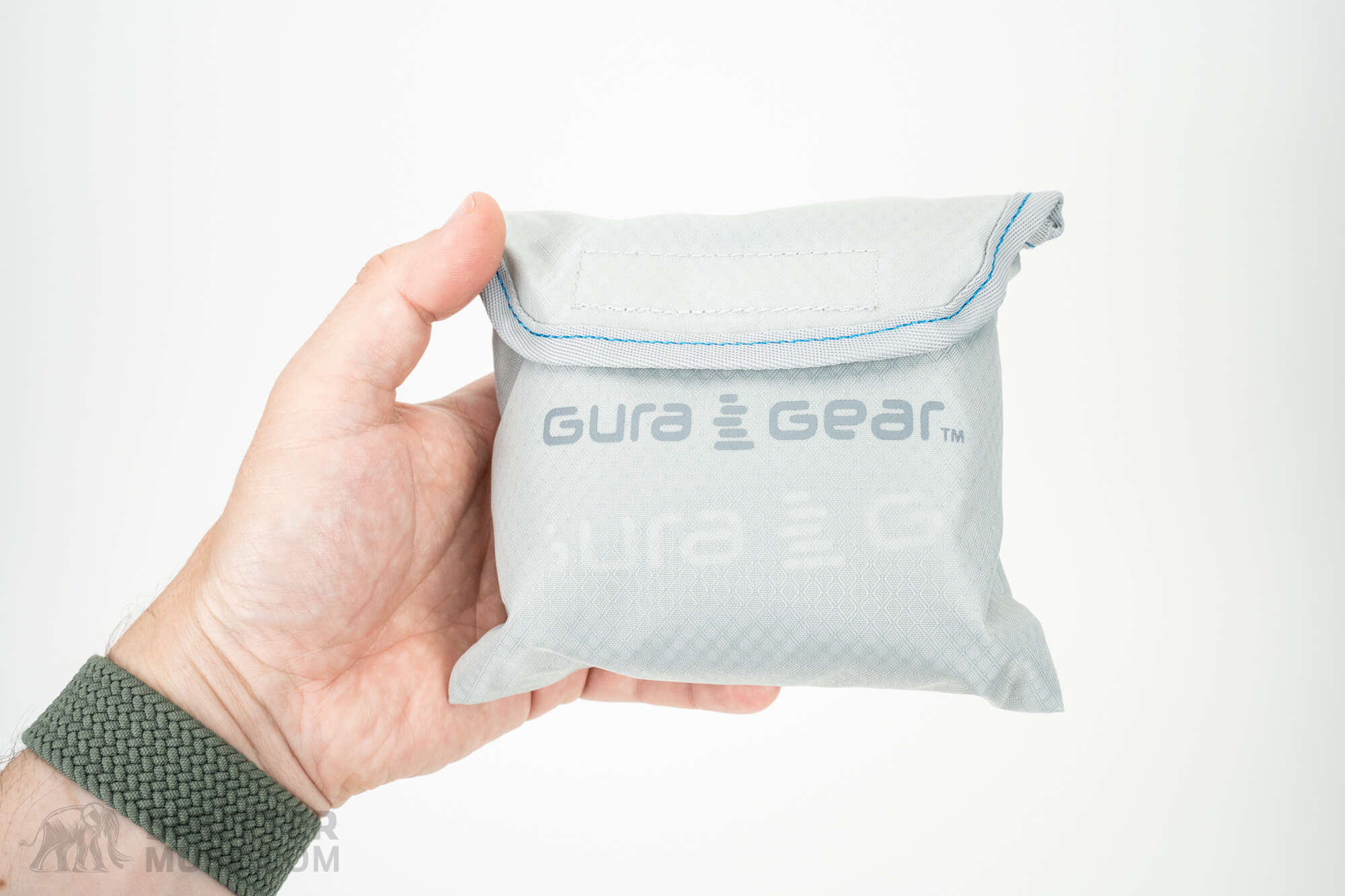

A rain cover is available for $29. This is a little expensive, although even the bag it comes in shows Gura Gear’s attention to detail, high-end hardware, and high-quality craftsmanship. Much like the waist belt choice, whether you need the rain cover for the Kiboko City Classic depends on how you plan to use the bag. VX21 material has inherent waterproofness to it. Even without the rain cover, the bag can easily withstand a sudden downpour or prolonged light rain without compromising your camera gear. Those using the bag in an urban environment will likely seek cover and don’t need to buy the rain cover.
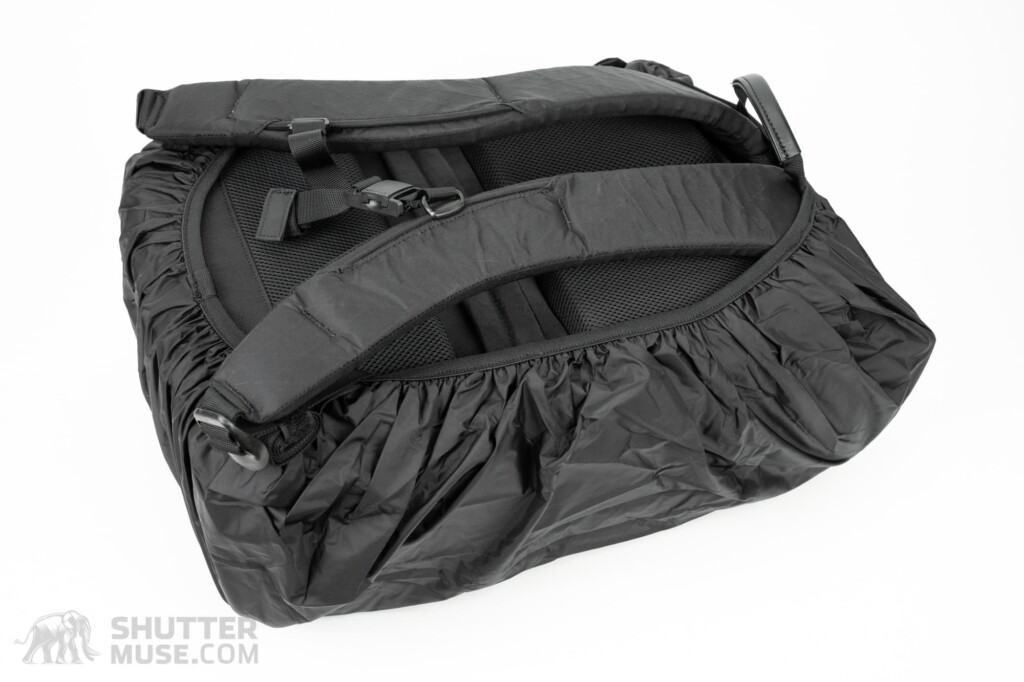
A rain cover is always a good idea for those who plan to use the bag for hiking and general outdoor photography. Even when a bag’s material provides effective waterproofing, as the VX21 does, zippers will eventually be a source of water ingress in prolonged heavy rain. If you buy the rain cover, a dedicated pocket for its storage can be found on the front of the bag.
Tembo Memory Card Wallet
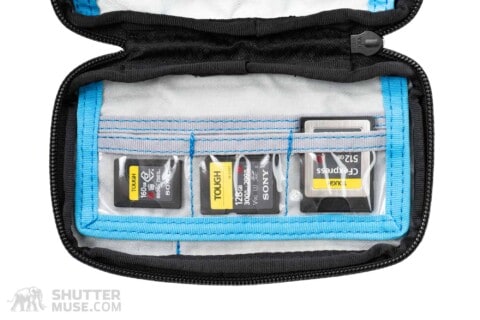
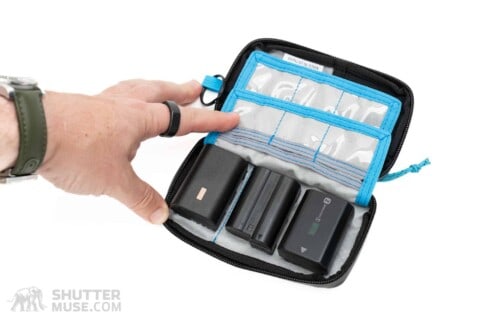
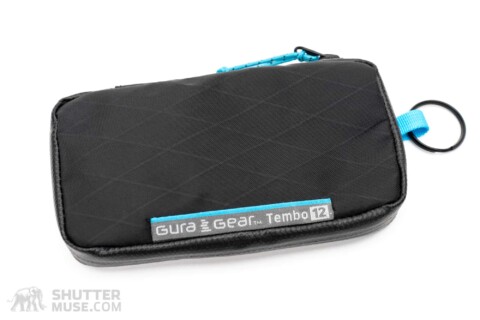
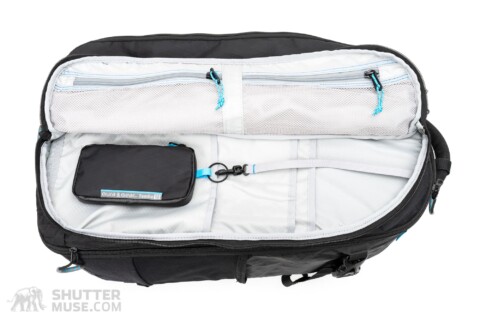
Using the same X-Pac VX21 sailcloth material as the Kiboko and the same blue+grey color scheme, the Tembo 12 is designed as the perfect partner to Gura Gear’s backpacks. This nifty little card wallet features a dedicated Apple AirTag pocket, a weather-resistant zipper, room for 12 memory cards, and pockets for other must-have items such as tools or spare batteries. You can read more about it in my Gura Gear Tembo Card Wallet review.
Et Cetera Organizers
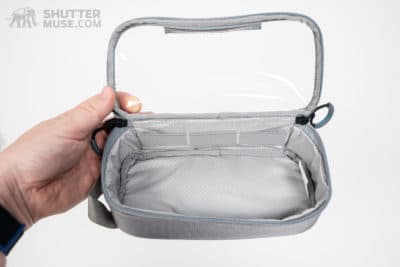
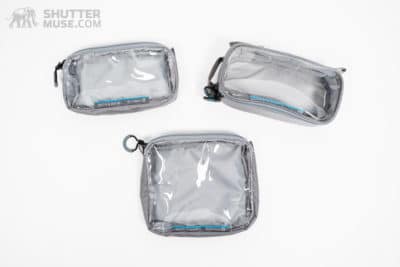

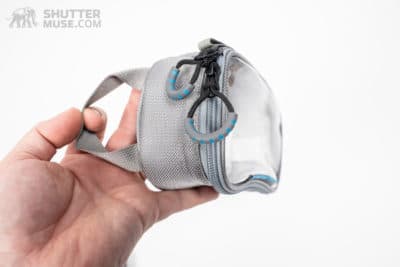
Gura Gear makes a variety of zippered pouches designed as perfect partners to any of their bags. While all of them are useful, of particular note to Kiboko City Classic users is the Et Cetera 1L. This rectangular case fits perfectly into the zippered top section of the bag. The Et Cetera lineup starts at around $23.
Conclusion

When I reviewed the Kiboko City Commuter 18L+, I called it “as close to a perfect camera bag as I have ever seen,” praising its thoughtful features and high-end, rugged materials. The new Kiboko City Classic 18L+ is a very similar bag but opts for a zippered top compartment instead of a roll-top and does away with the side access hatch in favor of a second expandable side pocket.
While I don’t think it’s possible to say that one or the other is better for everyone, I never used the side access hatch on the previous model, so the deletion of that feature and substitution with an additional side pocket is a win in my books. I also appreciated the speed of access to the bag’s top section when using the zipper on the City Classic vs. the City Commuter’s roll-top.
But hang on a minute. If the City Commuter was close to perfect, and I like the Kiboko City Classic even more, does that make it camera bag perfection? It may just be. For me, at least. At $299, the Kiboko City Classic is also something of a bargain. This price is only a few dollars more expensive than its biggest rivals in the EDC/Urban/Travel camera bag sector while utilizing the far more costly X-Pac VX21 material and high-end magnetic hardware from Fidlock. Perhaps for the first time ever, I can’t think of a single thing I’d change on this bag. If it’s large enough to hold the gear you need to carry, it gets my highest recommendation.


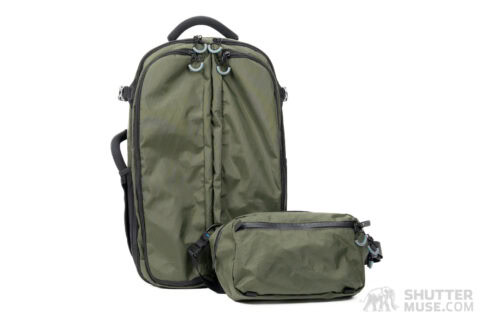
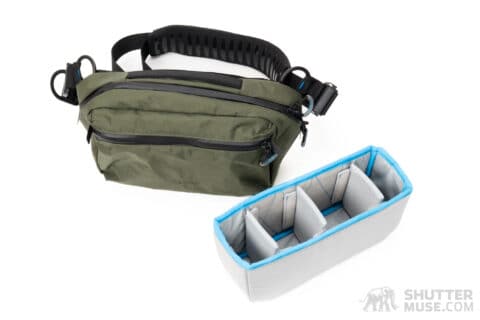

















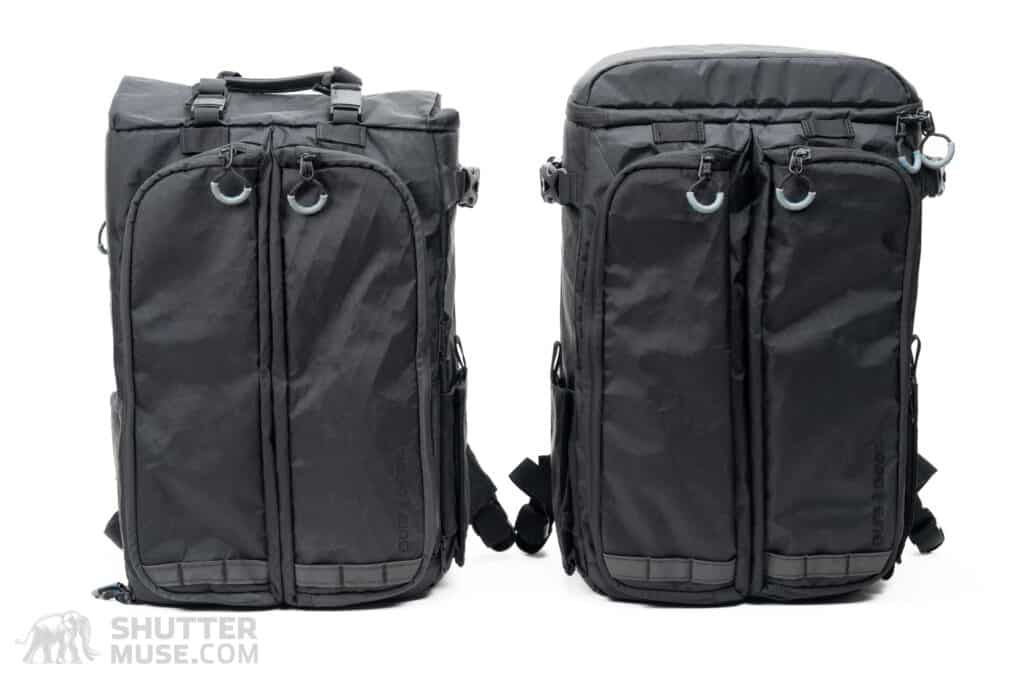











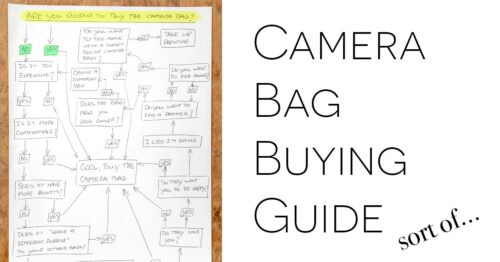
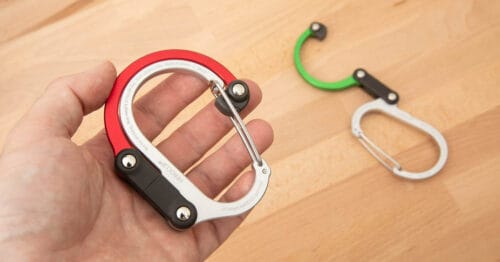

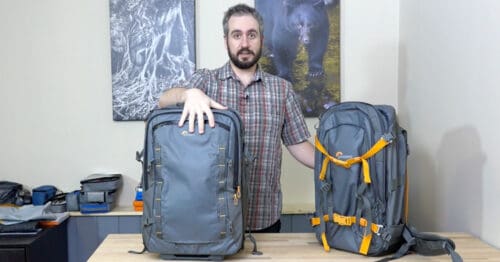
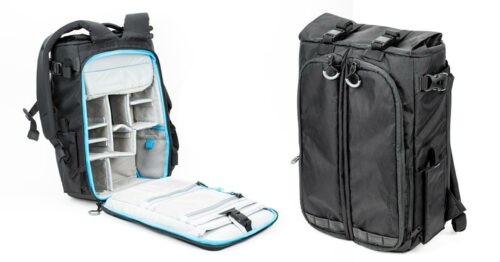
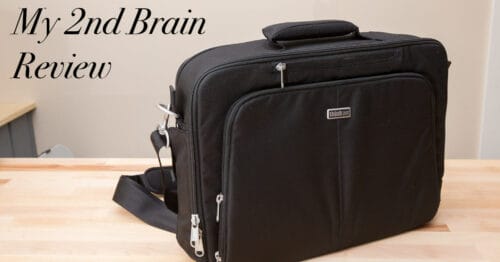
Hey I’m curious is it possible to remove the top compartment on the City Classic and rearrange it somewhere else in the bag? I want to put a telephoto in the bag similar to the dimensions that you demonstrated but it doesn’t seem great resting it on top of it like that…
Another thing I’m wondering… do gripped cameras really not fit in this bag or it’s not ideal at all? If so that’s a missed opportunity for sure. I only use my camera with a grip I guess this isn’t the bag for me?
I bought a Compagnon Element and while the materials are high quality, the design decisions of the bag were not thought out well and there are many inconsistencies…
You can’t remove the top section, no. And gripped cameras definitely do not fit.
I have a Z8 with a tripod plate and I was wondering if it’ll fit with a laptop in the laptop sleeve? The Z8 is a taller Mirrorless camera and I’m worried that the bag won’t close with the combination of the laptop and tripod plate.
I’m looking for a bag to potentially replace my Shimoda Urban Explore 25L as an urban carry for my Z8 and 100-400. I found the camera storage amount to be lacking.